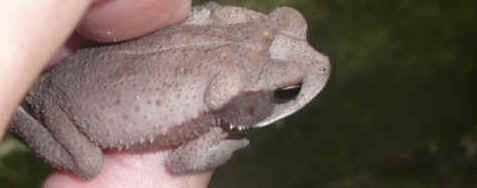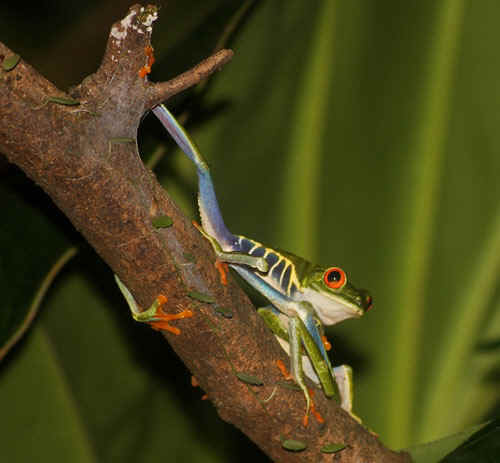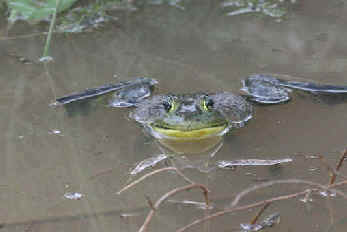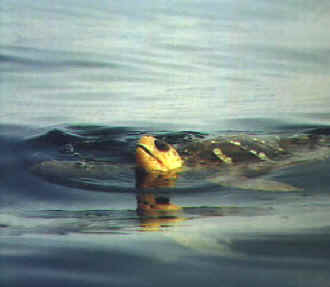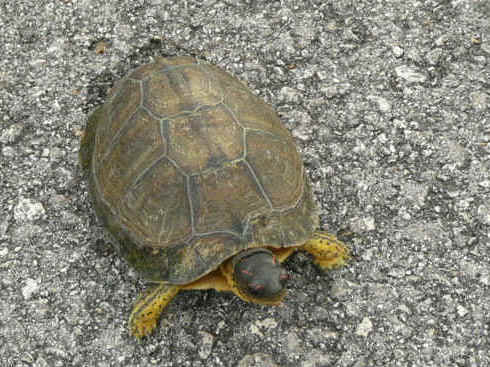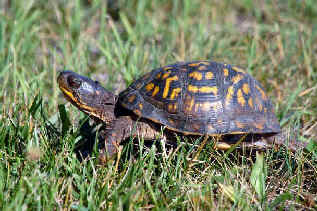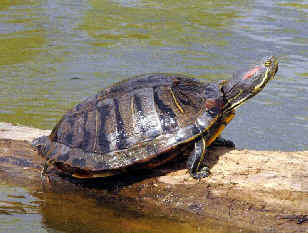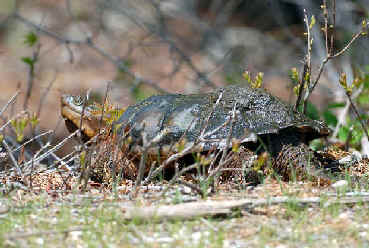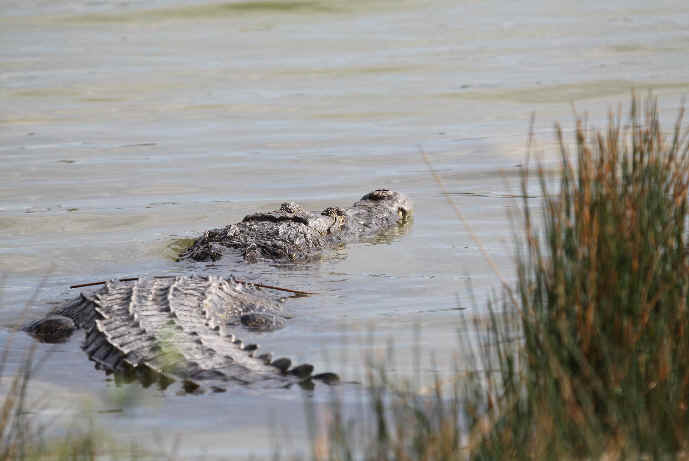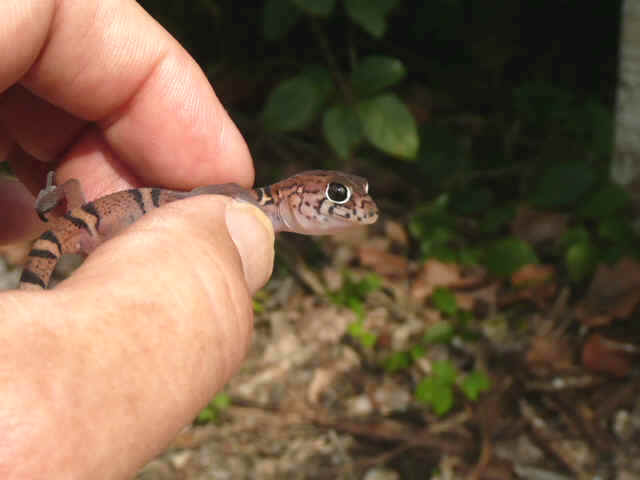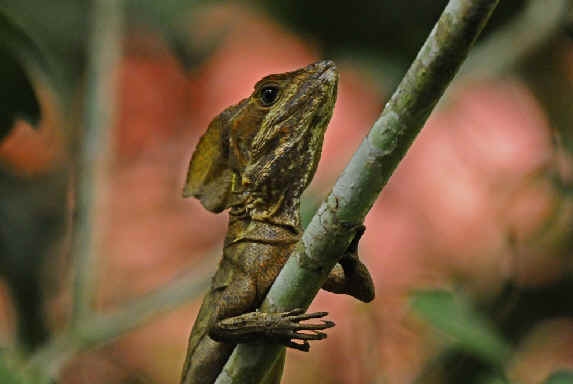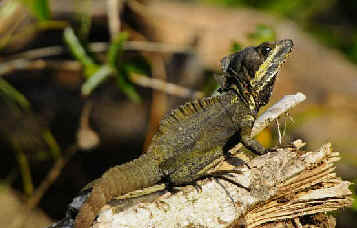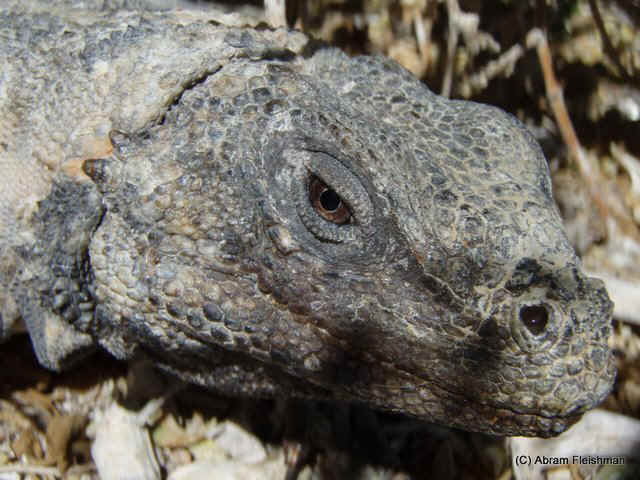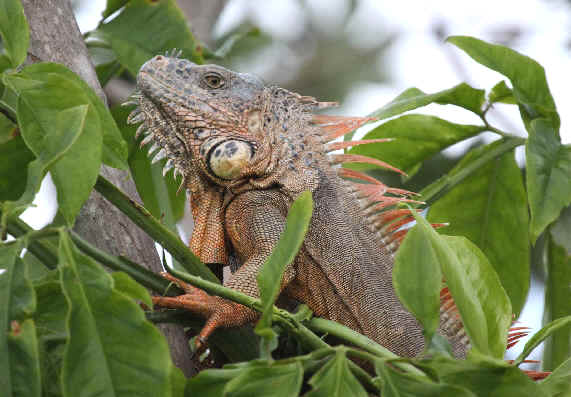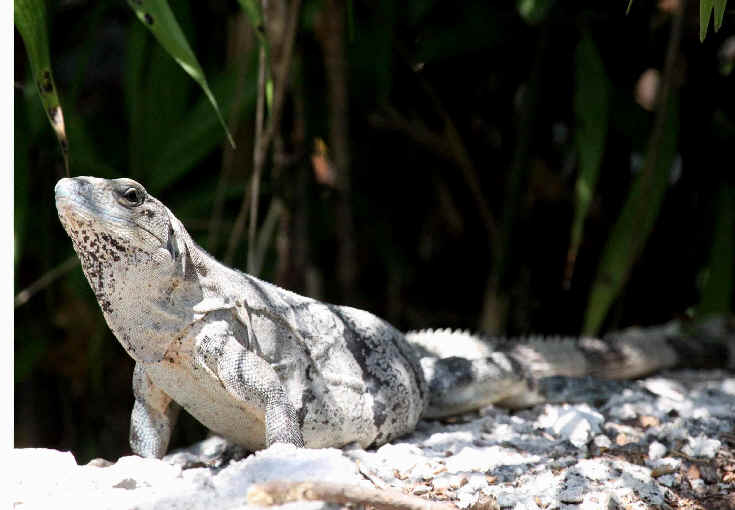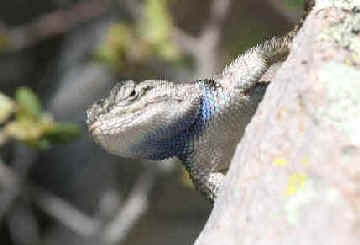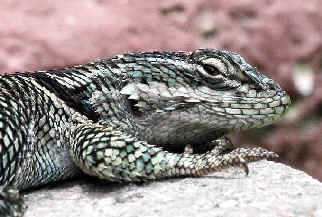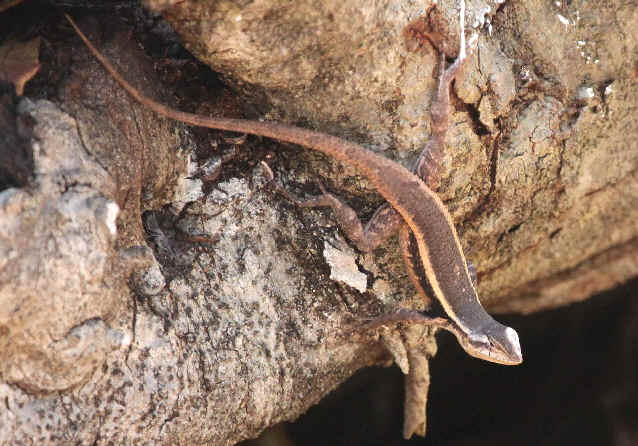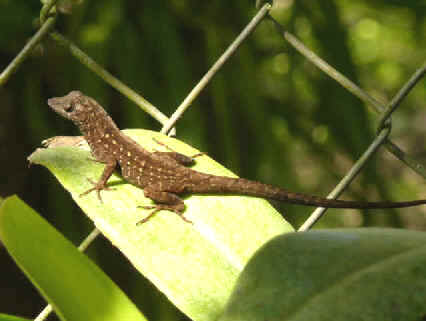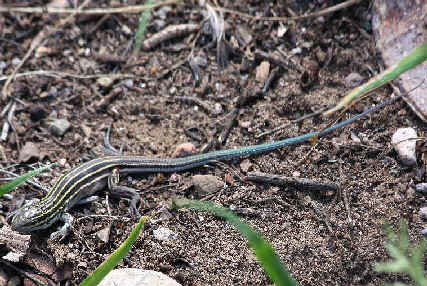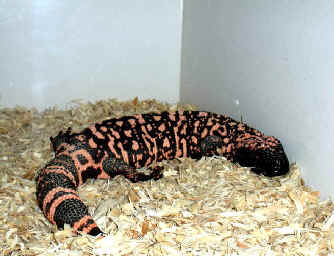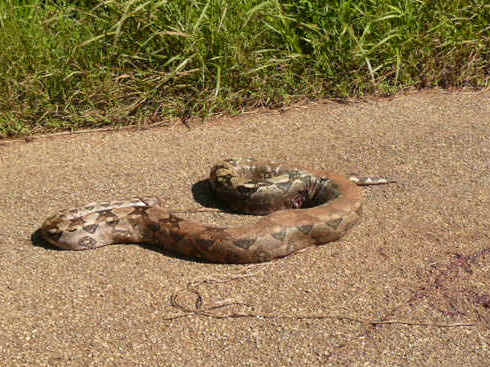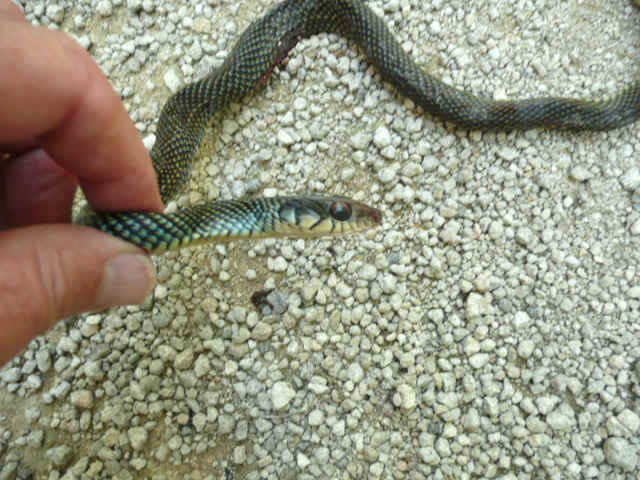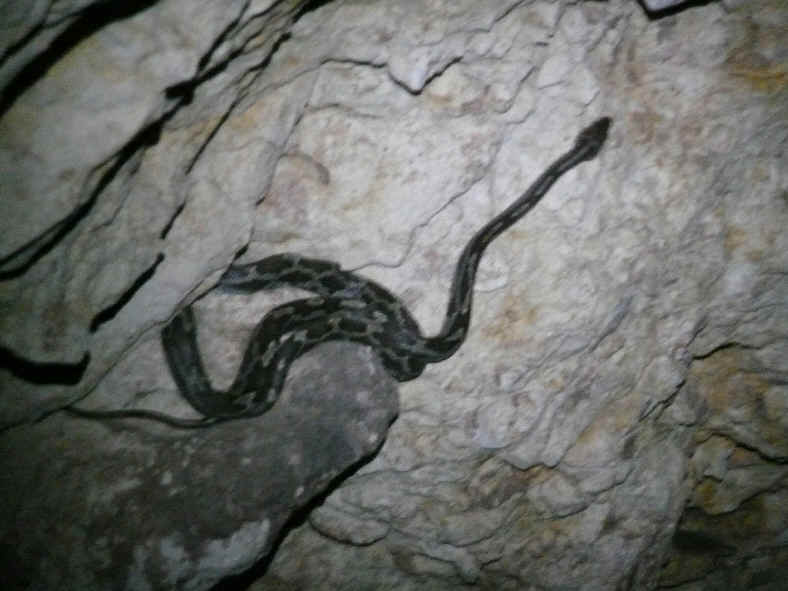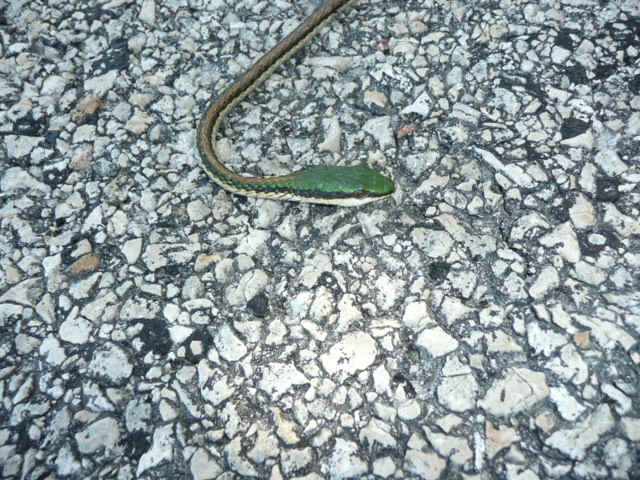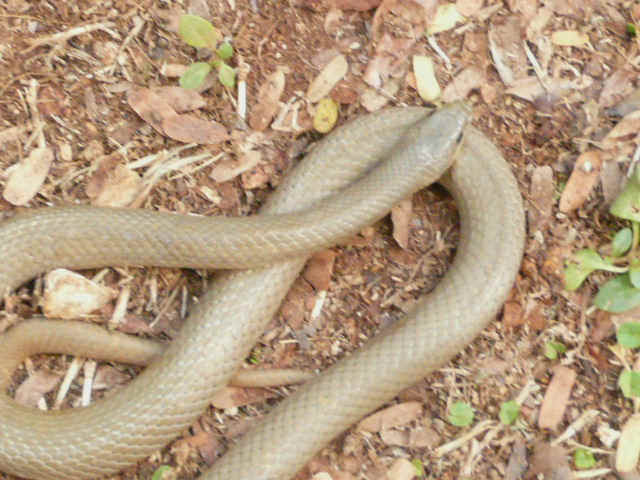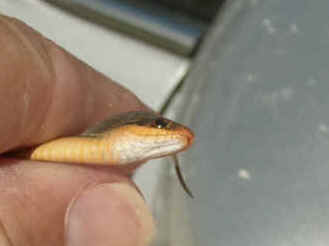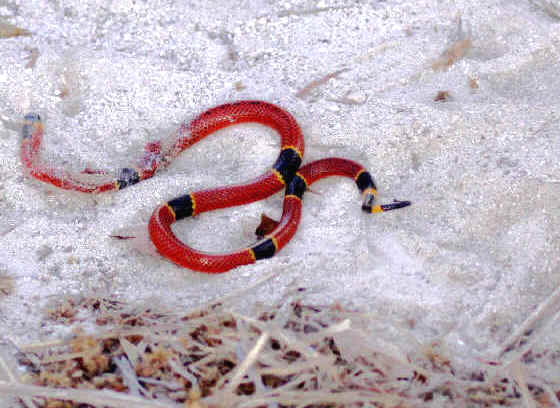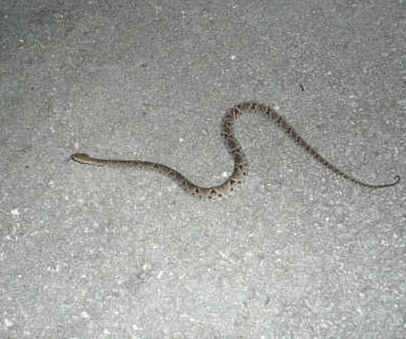
E-mail: font@focusonnature.com
Phone: Toll-free in USA 1-888-721-3555
or 302/529-1876
 |
PO Box 9021,
Wilmington, DE 19809, USA E-mail: font@focusonnature.com Phone: Toll-free in USA 1-888-721-3555 or 302/529-1876 |
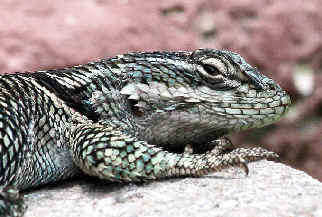 Amphibians
and Reptiles
Amphibians
and Reptiles
of Mexico
Noting those found during Focus On Nature
Tours
in Mexico with an (*)
including:
Salamanders
Toads & Frogs (seen or heard),
Turtles
Lizards
Snakes
A list compiled by Armas Hill
UPPER RIGHT PHOTO: a YARROW'S (or MOUNTAIN) SPINY LIZARD, photographed during a FONT tour.
This species occurs in Sonora, in northern Mexico. (photo
by Doris Potter)
Codes:
bc - occurs in Baja California
cz - occurs on Cozumel Island
sn - occurs in Sonora
yp - occurs on the Yucatan
Peninsula
(N): in northern Mexico
(S): in southern Mexico
(MXe): endemic to Mexico
(MXi): introduced in Mexico
Threatened species, designated in the
IUCN Red Data List:
(t1): critically endangered
(some
possibly extinct)
(t2): endangered
(t3): vulnerable
(nt): a near-threatened
species
(ph): species with a photo in
the FONT website
Of the approximately 970 species of amphibians & reptiles that occur in
Mexico, about 55% (about 175 amphibians & 375 reptiles) are endemic. Many of
them are native to Oaxaca and Chiapas.
Of the 180 or so amphibians & reptiles in the Yucatan Region, about 15%
(approximately 25 species), are endemic to that area.
Links within this List:
AMPHIBIANS: Salamanders
Frogs & Toads
REPTILES: Turtles Crocodiles Geckos Basilisks & Iguanas Lizards
Anoles
Skinks Whiptails
Snakes
Other Links:
Itineraries
for Upcoming FONT Birding & Nature Tours in Central America & Mexico
A List &
Photo Gallery of Mexican Birds, in 3 parts:
Part
#1: Tinamous to Shorebirds Part #2: Jaegers to Woodpeckers
Part #3: Manakins to Buntings
Birds of the Yucatan Peninsula Birds of Cozumel Island
Sea-Life, including Fish, of the Coral Reef & Otherwise Offshore
Mammals
in Mexico Butterflies
of Mexico
Directory
of Photos in this Website
![]()
AMPHIBIANS:
SALAMANDERS:
Family PLETHODONTIDAE (Lungless
Salamanders)
